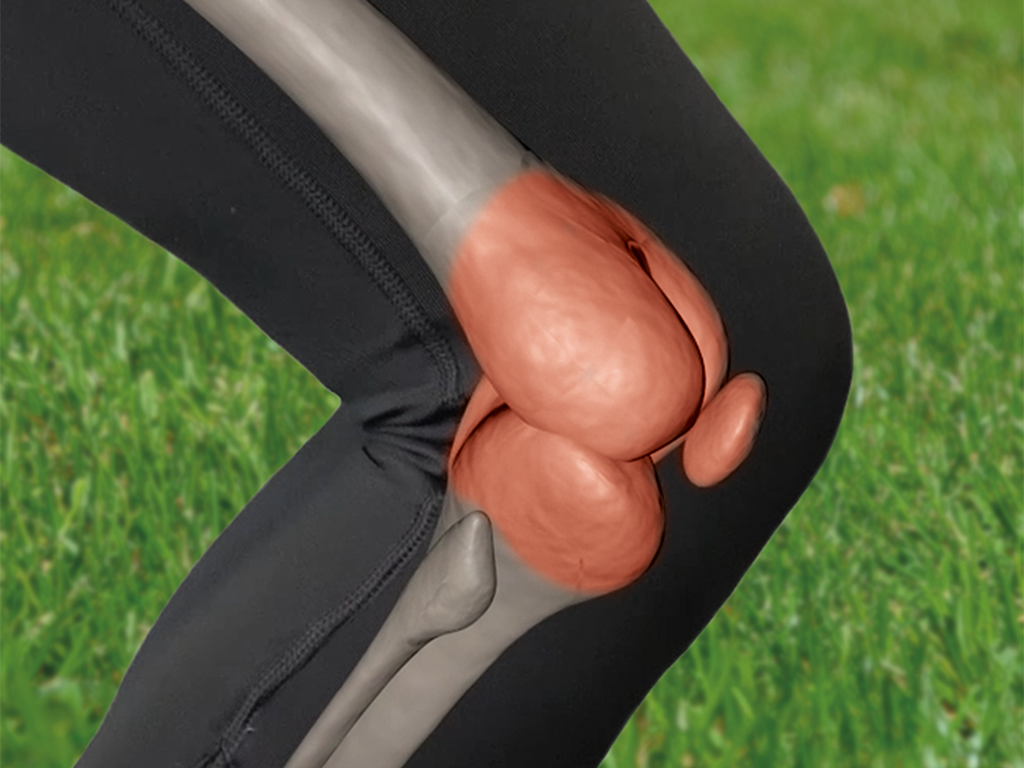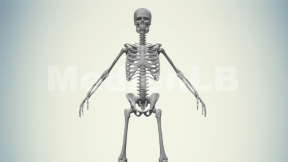
55503004
Tiere in Afrika
In 10 interaktiven Aufgaben und Videos wird Wissen zu den Tieren in Afrika vermittelt und abgefragt.
Das Medium bietet H5P-Aufgaben an, die ohne zusätzliche Software verwendbar sind.
Durch interaktive Aufgabentypen wird das audiovisuelle und interaktive Lernen einfach.
Lernen macht jetzt Spaß!
Included Tasks
- I Afrikas wilde Tiere – Interaktive Aufgabe mit Video
- II Afrikas große Raubkatzen: Der Löwe – Interaktive Aufgabe mit Video
- III Der Leopard – Interaktive Aufgabe mit Video
- IV Der Gepard – Interaktives Video
- V Warum ist der Gepard so schnell? – Bildkarten
- VI Hundeartige: Schakale
- VII Wildhunde – Interaktive Aufgabe mit Video
- VIII Nahrungsopportunisten: Hyäne
- IX Krokodil – Interaktive Aufgabe mit Video
- X Pflanzenfresser – Interaktive Aufgabe mit Video
- XI Beute oder Jäger – Interaktive Aufgabe
- XII Aggression im Tierreich – Interaktive Aufgabe
Curriculum-centred and oriented towards educational standards
Matching
Bean
The word bean refers to both the seeds and the pods surrounding them and often even the whole bean plant. It is not easy to get an overview of the different types of bean plants. Their variety is due to, among other things, their different origins.









